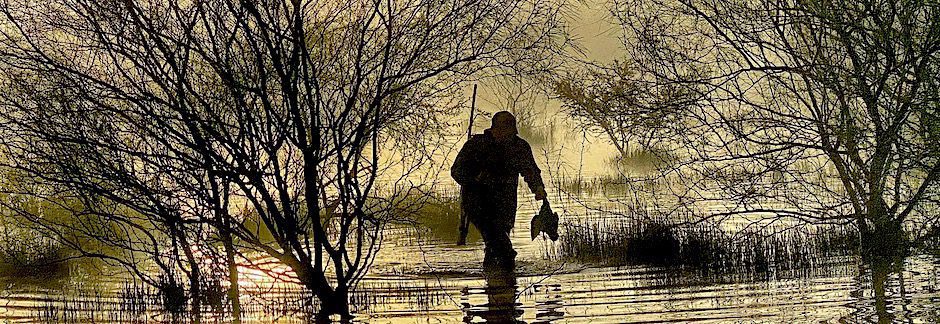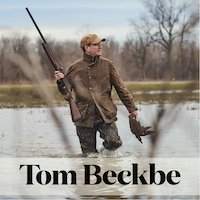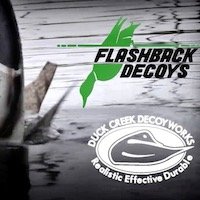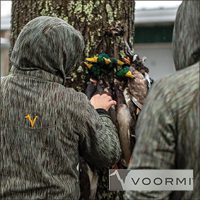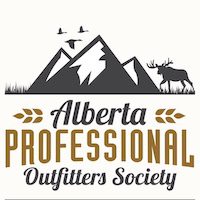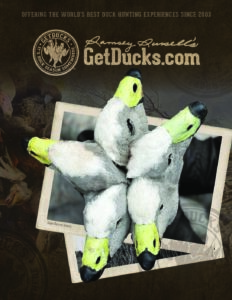MOJO’S Duck Season Somewhere Podcast
EP 291. Outside the Levees
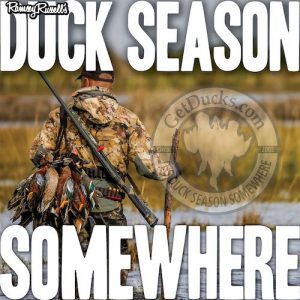
For Jared Serigne, returning home to Chalmette, Louisiana after Hurricane Katrina was an awakening. He didn’t grow up duck hunting, but newfound awareness of the vast wetlands resource outside the levees eventually lead him into it. It was then that he began understanding that the land outside the levees was an imperiled part of Sportsman’s Paradise. And that by using his professional film background he could do something about it.
Related Link:
EP 290. Louisiana Lures and Legends

Southeast Louisiana duck hunting spawned some of the most collectible decoy folk art in America. Fashioned from nearby natural materials, they were originally made to feed families, communities, and an entire culture. Brian Cheramie grew up on the banks of Bayou Lafourche, where at a young age he developed through his grandfather an interest in old wooden decoys and the legendary duck hunters who made them. But this fascinating story is about way more than decoys. In its telling, Cheramie colorfully describes old school duck hunters from a bygone era, what became of them and their ways, and the immense void that was created.
EP 289. Red Hots and Blues Where Cultures Collided

Back in the day, describes Billy Johnson, Leland, Mississippi swelled to 4x its present population on Saturday nights. Live music and food carts on every corner down by the tracks. That was way back when a national magazine described this little Mississippi delta hamlet as “The Hell Hole of America.” Things like blind tiger booze, chitlin circuit clubs, skin balls, cathouses and card games abounded. But real history was being made, too. Even a teenage delivery boy from Memphis later made a big name for himself. “It was the most amazing thing, so much talent coming from such a small area,” B.B. King later said. Funny where a conversation about hot tamales will go!
EP 288. Duck Queen of a Vanishing Paradise

Albertine Kimble has lived in Carlisle, Louisiana (population 1) for her entire life. From her stilted home a lofty 23 feet above the ground (for good reason), she remembers growing up nearby, what duck hunting was like back in her grandfather’s day, hunting “French ducks” with her dad and brothers, earning the Duck Queen moniker. She describes how and why things have since changed in this vanishing paradise, suggesting possible remedies. With a limit of fresh, whole-picked blue-winged teal soaking in her kitchen sink, she shares a special family recipe and other thoughts.
EP 287. Boweevil Then and Now

Now 80 years old, Sid “Boweevil” Laws has only been away from his Lake Washington home in the Mississippi Delta home for 8 years of his life. The river is integral to Boweevil’s life and lifestyle. “Nowadays, it’s about just being there,” he says emotionally about duck hunting after first describing memorable times on the river, the few years spent away from home, “masacrating ’em” back in the day, finding out his name was number 3 on a list you don’t want to be on, and more.
EP 286. South Africa on the Hoof

There’s more to South Africa than ducks, geese and guineafowl. Way more. Way bigger. Following an action-packed wingshooting spree in South Africa, Ramsey joins long-time friends and associates to scratch off a few non-feathered bucket-list biggies that have stalked his dreams during the years he first met the husband-wife team. Great conversation about the stuff most folks associate with South Africa.
EP 285. Of Moonshiners, River Rats, and Tugboats on the Mississippi River

From the Levee Board headquarters in Washington County, Mississippi, legendary storyteller and historian Hank Burdine tells about lifestyles and livings made “between the levees” of the nearby Mississippi River. Burdine’s story winds like the mighty river itself through the extremely lucrative moonshine and tugboat industries, flowing as smoothly as only he can tell it! Bottoms up!
EP 284. What About South Africa Duck Hunting?

Most folks might think spiral-horned beauties and dumbo-sized tuskers when the Dark Continent is mentioned, but South Africa surprisingly represents some of the world’s best remaining wildfowl adventures, too. To provide full perspective of this amazing destination, Ramsey meets with South African associates and US clients. Similarities and differences, favorite species and foods, local customs, memorable days, and expectations versus reality are discussed, proving that in the world of duck hunting experiences, birds of a feather really flock together. Whether looking for a new adventure or just interested in what duck hunting’s like half-way across the world, y’all will enjoy these conversations.
Related Links:
EP 283. The Explorer’s Club and Other Adventures

Founded in 1904, The Explorer’s Club is a professional society dedicated to scientific explorations and field studies. The pinnacle of human achievements are represented among the long list of member accomplishments, places its flags have been planted – and they surely don’t let just anyone in. For David DeBerard, membership at a young age was like throwing rocket fuel onto an already adventurous lifestyle for which he’s extremely thankful. Bouncing full-throttle from one white-capped breaker to the next, we cover a lot of fun and interesting topics including why you’re never the coolest person at Explorer’s Club dinners; a dive that quickly commanded the US Navy’s fullest attention; discovering an iconic piece of American history that landed him into the Explorer’s Club; records won and lost; one of the most abundant sharks on earth that lives thousands of feet below the ocean’s surface and for which virtually nothing is known–until now; making your own luck; and why you absolutely never, ever, bring bananas onto a boat! Absolutely some of the coolest subjects I’ve ever discussed in a duck blind!
EP 282. Back to South Africa: You Can’t Eat Pygmies and Other Topics

“..and then in the mid-80s they officially made it illegal to eat pygmies!” exclaimed our host during a post-hunt discussion over coffee. Back in South Africa for ducks, geese and game birds, Ramsey chats with long-time friend and associate Mike Curry. As quickly as incoming driven guineafowl flying like black-and-white cannonballs, the pair run through lots of interesting highlights and stories to include hardest-of-hard species Ramsey finally managed to scratch off his list, tomato chutney, how locals prepare waterfowl, francolin home-range; South African rhinos, cheetahs, lions, and ivory; eating pygmies, the bush meat trade and poaching patrols. The things learned at duck hunting camps around the world never ends!
Related Links:

